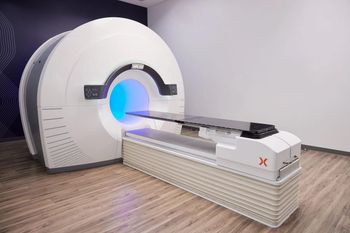
New CT Protocol May Improve Diagnosis of Acute Chest Pain by 40 Percent
Addition of late contrast enhancement (LCE) CT reportedly bolsters diagnostic rate for patients with acute chest pain who have negative findings on triple-rule-out (TRO) CT.
Emerging research suggests that the use of a multiparametric computed tomography (CT) protocol, including late contrast enhancement (LCE) CT, may enhance the diagnosis of troponin-positive acute chest pain.
In the study, published online in
“Troponin-positive chest pain with unobstructed coronary arteries represents a diagnostic dilemma, and the identification of its cause is of pivotal importance for the management, treatment, and prognostication of patients,” wrote Anna Palmisano, M.D., who is affiliated with the Clinical and Experimental Radiology Unit in the Experimental Imaging Center at the IRCCS San Raffaele Scientific Institute in Milan, Italy, and colleagues. “ … In our study, LCE CT provided a diagnosis in 81 percent of participants with negative findings at TRO CT (34 of 42), similar to
The study authors said the findings demonstrate a “significant improvement in CT capability” to achieve a definitive diagnosis for patients with acute chest pain. Palmisano and colleagues also suggested in the study that implementation of the aforementioned CT protocol could result in a quicker diagnosis because it enables radiologists to employ a single CT study to obtain “several pieces of information commonly derived from combined CT and MRI examinations.”
Limitations of the study included a limited contrast-to-noise ratio (CNR) and small increase in radiation exposure associated with the use of LCE CT as well as a limited patient sample size, according to the study authors. They suggested that larger trials are necessary to assess the cost-effectiveness and clinical value of the study’s CT protocol.
Newsletter
Stay at the forefront of radiology with the Diagnostic Imaging newsletter, delivering the latest news, clinical insights, and imaging advancements for today’s radiologists.




























